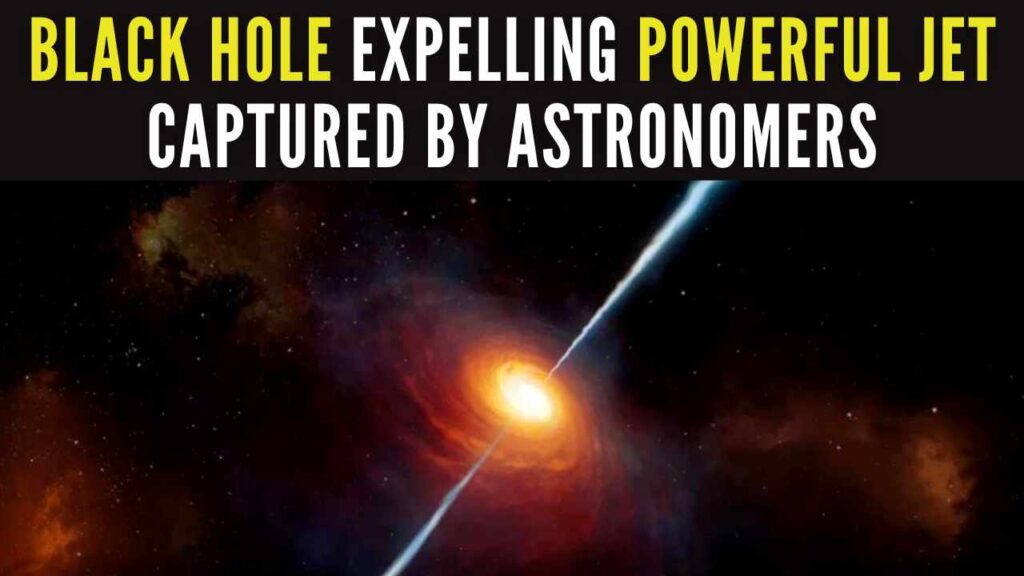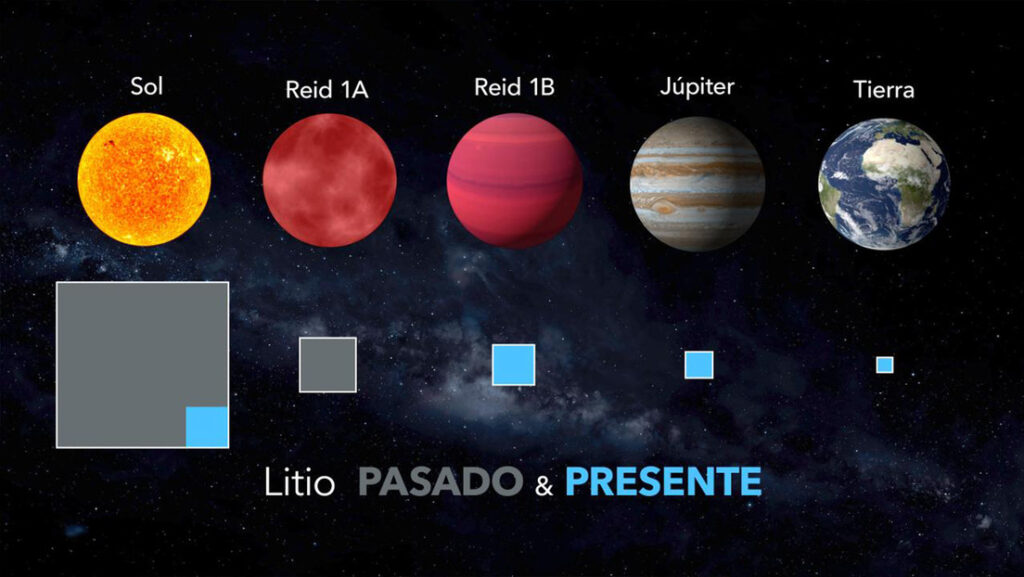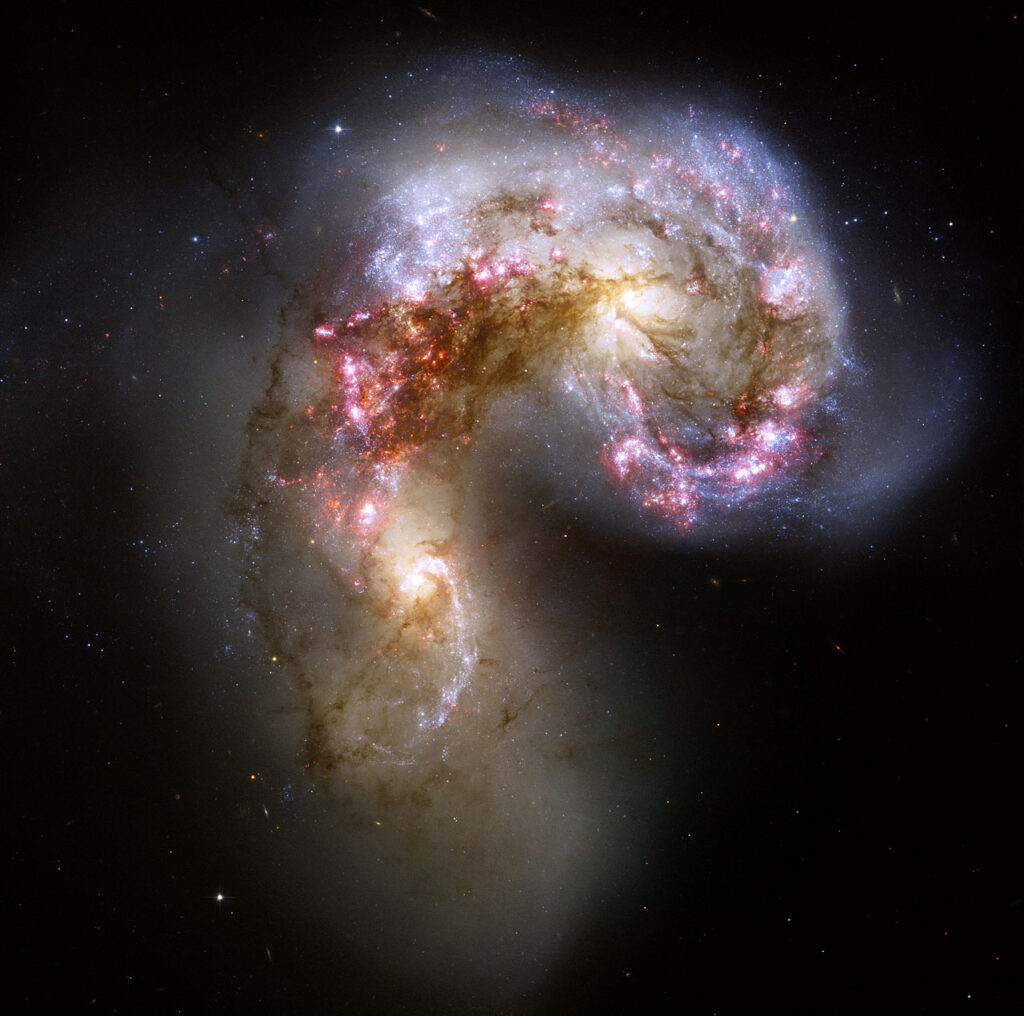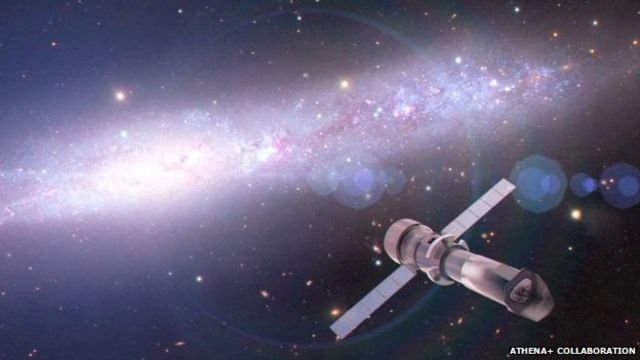The European Space Agency is planning to revamp the Athena mission as the mission cost is inflating and many members from Europe have pulled out.

The European Space Agency (ESA) is faced with a crisis regarding its mission to study supermassive black holes. The agency is now chalking out plans to revise the design of its Athena mission due to its rising cost. A report by Space News revealed that many space agencies from Europe have also backed out of the mission, which is another factor to consider a revamp of the mission.
Paul McNamara, ESA astronomy and astrophysics coordinator, during a July 21 presentation to NASA’s astronomy and astrophysics committee, revealed that the initial cost of the Athena mission was 1.05 billion euros ($1.07 billion). This amount was back in 2014 when the mission was announced, however, the cost has now inflated to 1.17 billion euros ($1.19 billion).
“These costs are not sustainable,” Paul said during the presentation. “If we want to maintain the diverse content that is at the heart of our program, we have to cut the cost of our large missions,” he further said. McNamara asserted that Europe has no plans to cancel the mission, although the collaborators need to ‘rescope” Athena in order to bring the costs down. Dubbed NewAthena, the rescoped mission would involve changes to its instrument configuration and overall objectives.
Notably, these changes would likely affect NASA’s plans for space exploration as the US space agency is also providing assistance in Athena. Besides, the said mission, ESA had also selected a second mission named LISA (Laser Interferometer Space Antenna) at a similar cost. McNamara reportedly said that either of the two missions would move into the next phase of development in November 2023, and what’s left would be paid attention to in 2024 or 2025.
What is the Athena mission?
Short for Advanced Telescope for High-Energy Astrophysics, Athena is basically a space telescope to study black holes, supernova explosions and other sources of X-rays. Equipped with a large X-ray mirror, the telescope will be installed at the first Lagrange point (L1) around 1.5 million kilometers away from our planet. The telescope is being designed to last at least four years, and it will perform around 300 observations of strong X-ray sources per year, with a typical duration of 28 hours per pointing.
ESA says that mapping million-degree gas permeating from the space between galaxies will be one of the mission’s primary goals. Tap here to read more about the mission objectives.
Recent Posts
- Astronomers detect first direct image of black hole expelling a powerful jet
- WhatsApp rolling out ‘reply with message’ feature within call notifications
- Multi-Device Pairing May Be Arriving for Apple Watch this Year
- Artificial Intelligence Discovers Hidden Giant, a Planet 5 Times Larger Than Jupiter
- Google CEO Sundar Pichai Talks Bard & The Future Of Search
Recent Comments

Astronomers detect first direct image of black hole expelling a powerful jet

Artificial Intelligence Discovers Hidden Giant, a Planet 5 Times Larger Than Jupiter

Scientists explain melting of Antarctic ice sheet dating back 9,000 years

An Unexpected Discovery: Hubble, ESA's Gaia Spot Double Quasar That Existed Over 10 Billion Years Ago

Astronomers detect first direct image of black hole expelling a powerful jet

WhatsApp rolling out ‘reply with message’ feature within call notifications

Multi-Device Pairing May Be Arriving for Apple Watch this Year


